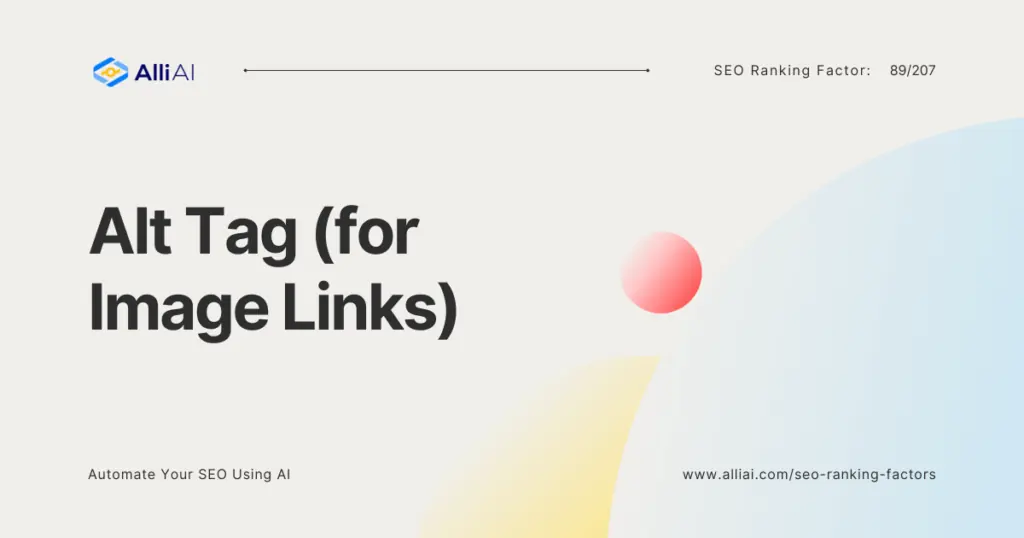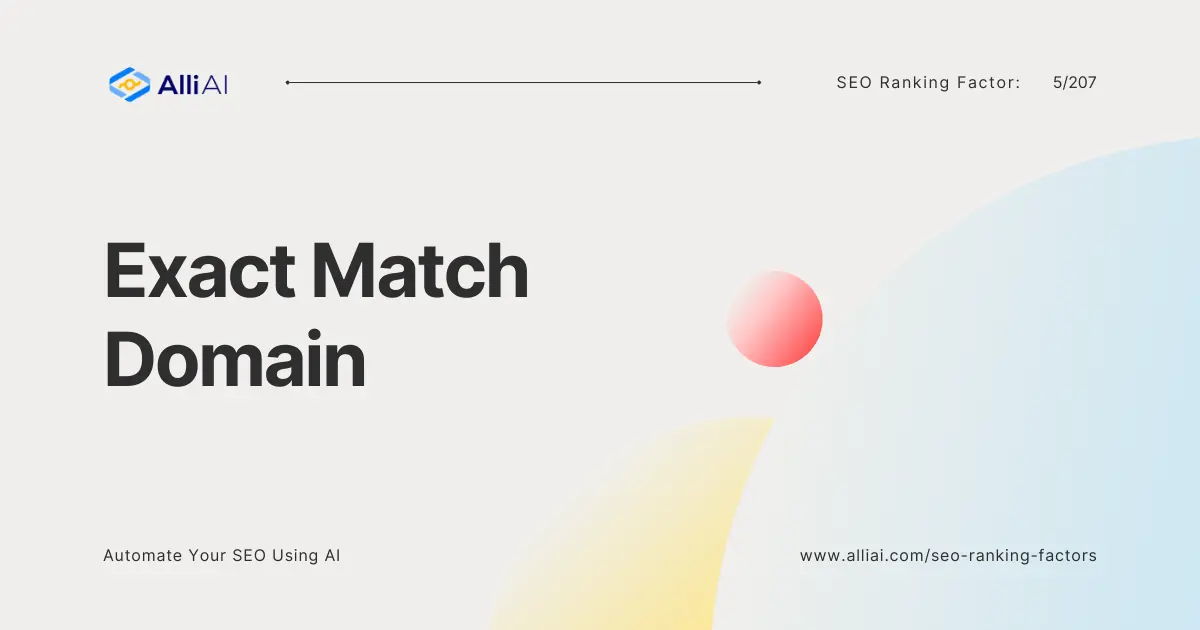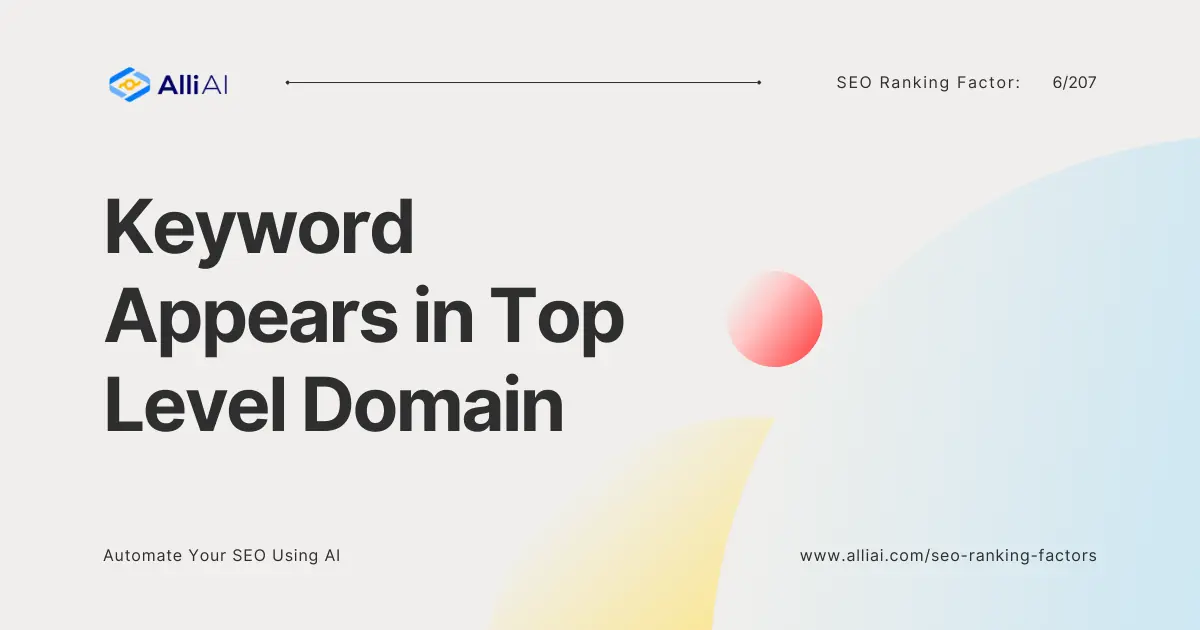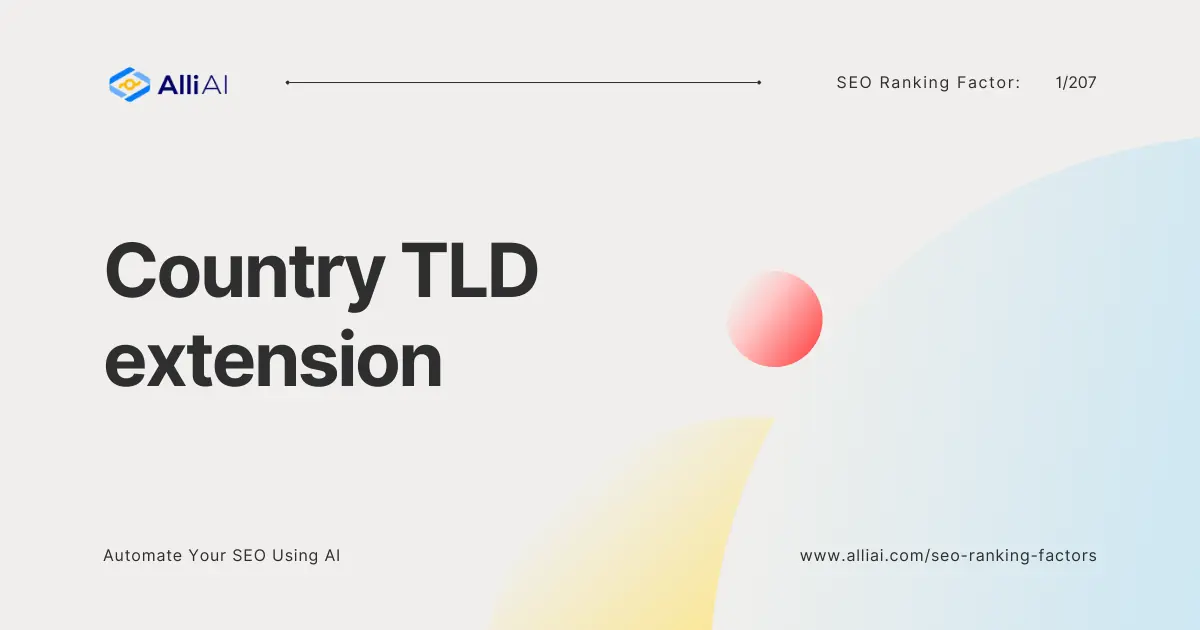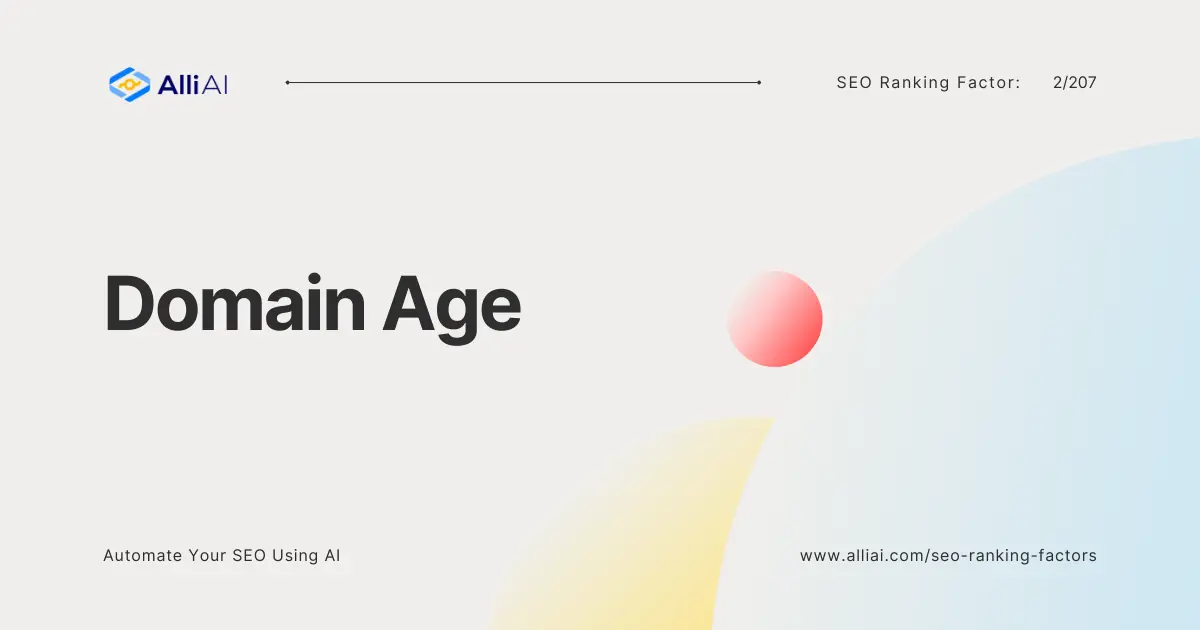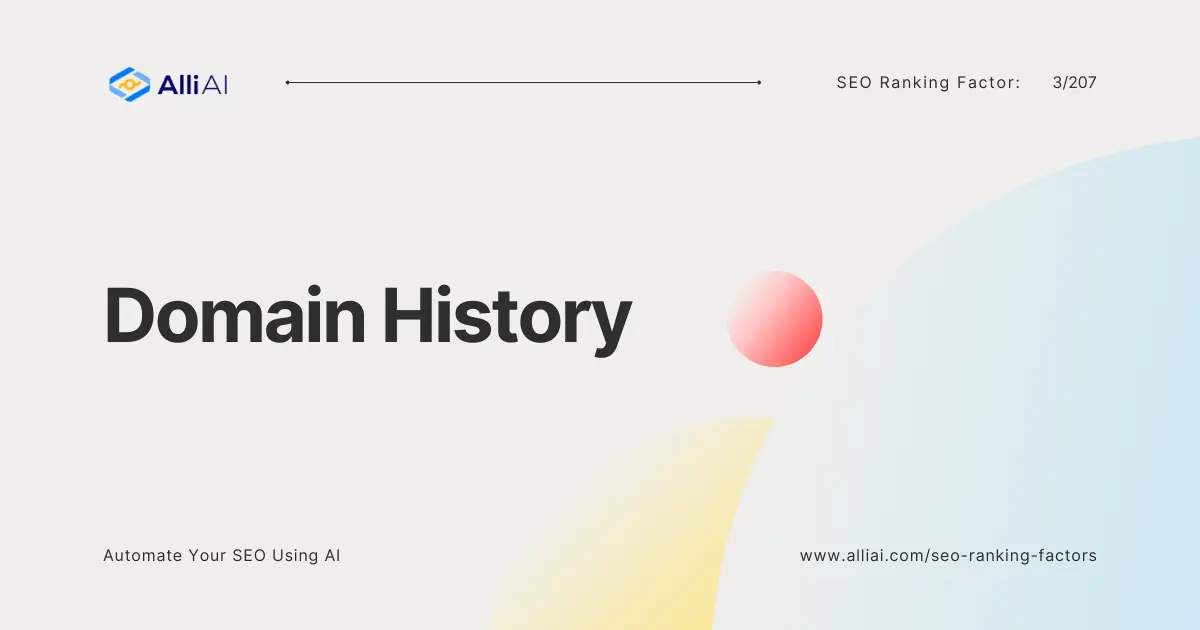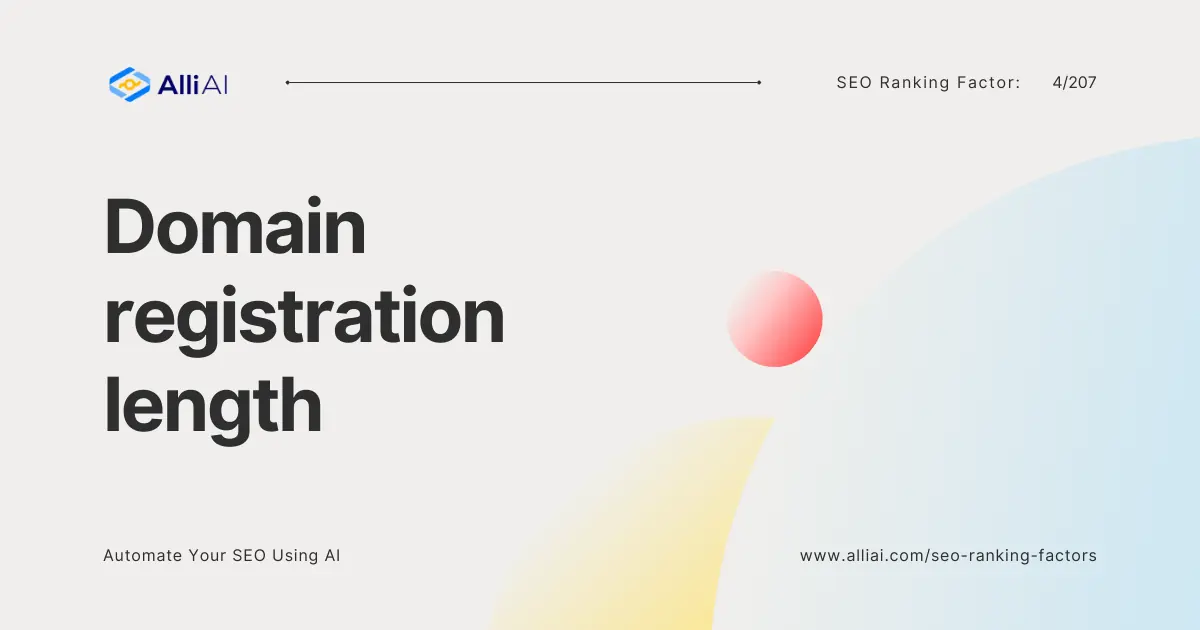The Importance of Alt Tags in SEO: A Comprehensive Guide
Alt tags, short for “alternative text tags,” serve as textual alternatives to images on a web page. Imagine walking into an art gallery with your eyes closed, and someone is there to describe each artwork to you. Alt tags play a similar role for search engines, providing them with a description of an image’s content and context, which they can’t “see” in the traditional sense.
Why is Alt Tag Important in SEO?
Alt tags hold significant importance in the world of SEO for multiple reasons:
- Accessibility: First and Foremost: Websites built with accessibility in mind, prioritizing the use of alt tags, often see benefits in search rankings. Adhering to web accessibility standards demonstrates a commitment to inclusivity and aligns with Google’s goal of providing a useful experience for all users.
- Image Search Potential: Images with descriptive alt tags have a higher chance of appearing in Google Images search results. Optimizing your alt tags can attract additional organic traffic to your website from users specifically searching for visual content.
- Understanding Content: Search engines can’t “see” your images, but well-written alt text helps them grasp the content and how it fits within the overall context of your page. This aids in understanding and accurately indexing your website.
- Error & Usability Buffer: Even with the best web hosting, images sometimes fail to load due to errors or slow connections. Alt text ensures the intended meaning of the image is still conveyed, improving both user experience and helping search engines index your site even under less-than-ideal circumstances.
How Alt Tag Affects SEO?
Including alt tags in your images can have a significant impact on your website’s SEO performance. Here are several reasons backed by statistics and industry studies:
1. Enhanced Accessibility: Websites that adhere to accessibility standards, including the use of alt tags, tend to rank better. Google’s Webmaster Guidelines suggest using alt tags to help users, and search engines understand your content better.
2. Improved Image Ranking: According to Moz, images with well-crafted alt text are more likely to rank in Google Images search results. This can drive additional traffic to your site.
3. Lower Bounce Rate: Websites with images that load properly and provide context through alt tags can reduce bounce rates. A study from SEMrush indicates that pages with lower bounce rates tend to have better organic ranking positions.
Crafting Effective Alt Tags
- Be Descriptive, Not Spammy: Aim for clear descriptions that accurately represent the image. Avoid keyword stuffing, as this can hurt user experience and may trigger penalties from search engines.
- Keep it Concise: Most screen readers cut off alt text after around 125 characters. Focus on the image’s core meaning.
- Decorative Images: If an image is purely decorative and adds no context to the page, it should have a null alt tag (alt=””). This tells screen readers to ignore it.
- Use Examples for Clarity:
- Good Alt Text:
alt="Golden retriever playing fetch in the park" - Poor Alt Text:
alt="dog park"
- Good Alt Text:
How can Alli AI help with Alt Tag?
At Alli AI, we recognize the critical importance of alt tags in your SEO strategy. That’s why our tool is designed to make managing and optimizing alt tags straightforward and efficient. We created Alli AI with the vision of simplifying SEO tasks while maximizing impact, and here’s how we can assist you with alt tags:
1. Alt Tag Optimization: Our tool scans your entire website to identify images that are missing alt tags, providing you with a comprehensive report. You can then easily add or improve alt tags directly through our platform, ensuring that all your images are SEO-friendly.
2. Keyword Integration: Alli AI suggests relevant keywords that you can include in your alt tags, further enhancing your SEO efforts. By integrating targeted keywords into your images’ alt tags, you’re likely to improve your ranking in both web and image searches.
3. Accessibility Compliance: We help you comply with accessibility standards, ensuring your website is accessible to users with disabilities. This not only improves user experience but can also positively impact your SEO rankings.
FAQ
How long should my alt text be?
Aim for succinctness and relevance. Ideally, alt text should be no more than 125 characters, allowing screen readers to process the information efficiently while including relevant keywords.
Do all images need alt tags?
Yes, all images should have alt tags, especially those that convey information or are used as links. Decorative images can use a null alt attribute (alt=””) to tell screen readers to skip them.
Can alt tags improve my site’s ranking in search results?
Absolutely. While alt tags are just one of many SEO factors, they contribute to your site’s overall SEO health by improving accessibility, user experience, and content relevance, which are all factors in search engine rankings.
Conclusion
Alt tags are more than just an accessibility feature; they are a critical component of any SEO strategy. Beyond making your site more accessible to a wider audience, including individuals with visual impairments, alt tags help search engines understand and value your content more accurately, contributing to higher rankings in search results. At Alli AI, we are committed to helping you leverage every SEO advantage, including optimizing your alt tags to ensure your website stands out in today’s competitive digital landscape. By prioritizing alt tags, not only do you enhance your site’s usability and accessibility, but you also open the door to improved SEO performance and increased organic traffic.
